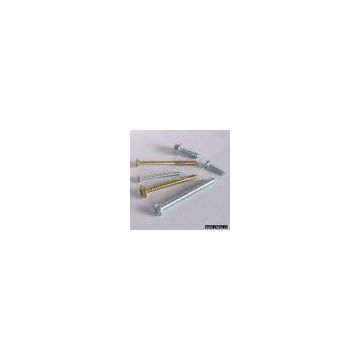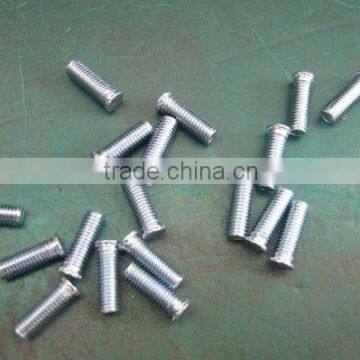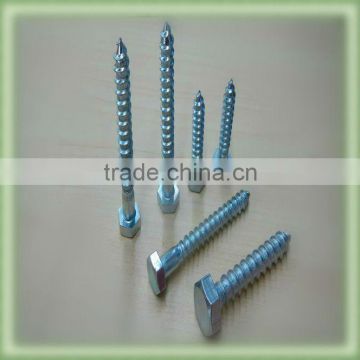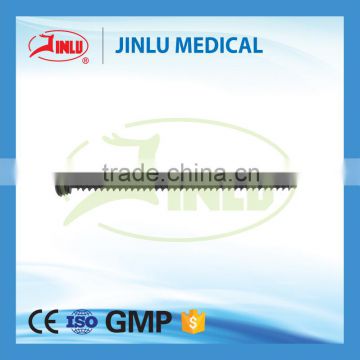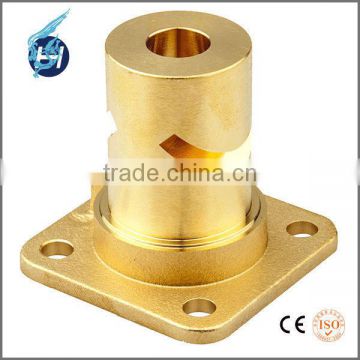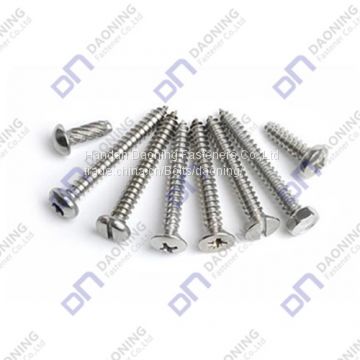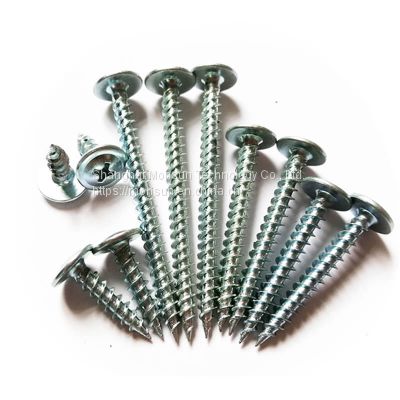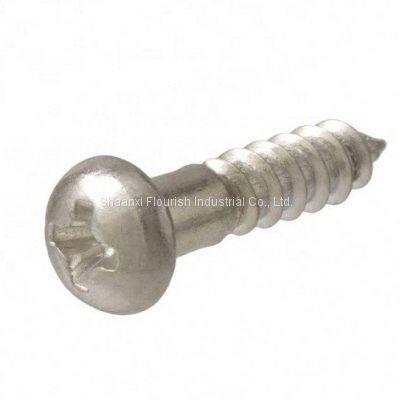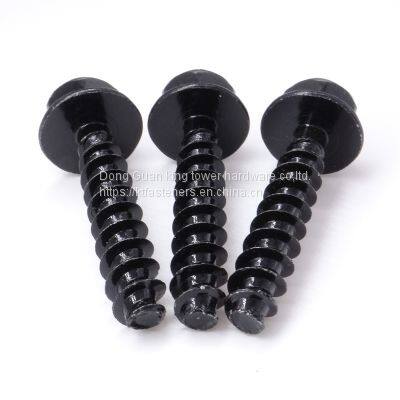In the domain of fasteners, self-tapping screws are versatile and vital elements. Working on simple projects might require knowledge of self-tapping screws and their unique properties and uses, which can greatly affect the quality and strength of your work. This article looks into the types of self-tapping screws, the varied application areas across industries, and installation methods that enable them to perform best.
Introduction to Self-Tapping Screws
Defining Self-Tapping Screws
The self-tapping screw forms a special class of fastener, which carves its threads as it is driven into a material. Unlike a normal screw, which requires a previously tapped hole or a nut, the self-tapping screw quickly displaces the material in a single operation and forms the thread. This exclusive ability of such fasteners to cut into materials like metals, wood, and plastics makes them an invaluable tool for industrial and home use. Usually, the screw is designed with a sharp tip and a fluted shaft for cutting and forming threads and promoting a strong and secure grip.
How Are These Screws Used?
Self-tapping screws find maximum application where speed and efficiency are more prized. They find their applications in situations where sheet metal is involved and where the presence of the fastener without the creation of threads by a pilot hole makes the whole process of installation faster. These screws are also suitable for wood, drywall, composites, and so on, making their use widespread in construction, automotive repair, and electrical installations. From securing structural frames to fixing lightweight roofing materials, the screws work relatively well under all situations.
Application for Versatile Uses
The versatility of self-tapping screws is proven by their applications in a wide range of industries. In construction, they are used for assembling metal frames and fastening drywall to metal studs. The automotive industry uses these screws to join components that might otherwise lose threads or loosen under the effects of vibration. They are also favored by electricians for their ease of installation and secure fastening of panels and enclosures. The more adaptable these screws are to different materials and environments, the more they affirm the importance of these fasteners in both professional and DIY circles.
Types of Self-Tapping Screws
Thread-Forming Screws
Thread-forming screws are a distinct type of self-tapping screw commonly used to create robust threads in softer materials without destroying any material. Any kind of application involving plastics and softer metals could benefit from the displacement rather than the cutting that these screws offer. With their unique shape, these types of screws can grab onto the material securely without harming it. Some of the features characteristic of these screws are:
This makes them indispensable in the assembly of components where precision and durability are paramount.
Thread-Cutting Screws
Unlike thread-forming screws, the thread-cutting screws will enter the workpiece and cut or remove material, forming threads. They are highly useful in harder materials like steel or cast iron when a forceful and reliable hold is required. As a thread-cutting screw enters a workpiece, cutting is performed by the cutting edges along the threads. This ensures clean cutting and secure formation of the threads, making it almost impossible to strip out. While in use to fasten metal components together, the thread-cutting screw provides sturdier and stable fastening solutions. Here are some features of thread-cutting screws:
Metal and Wood Screws
Self-tapping screws for metal and wood offer an extraordinary versatility, adapting to a wide range of applications. These screws are particularly useful in the following cases:
Metal screws are generally made of stainless steel or zinc-coated steel and are engineered to penetrate sheet metal and form dependable joints in metal framing or roofing. They may also possess features such as a self-drilling tip that negates the need for a pilot hole, thereby hastening the installation.
Wood screws usually have coarse threads to grasp wood fibers effectively, thereby securing the hold needed in wood applications like framing or cabinetry without splitting the wood or requiring pre-drilling.
Materials in Self-Tapping Screws
Stainless Steel Screws
When we talk about self-tapping screws, stainless steel ones really make the most prominent choice since they are practically impervious to corrosion and rust. This makes them applicable to a wide variety of situations where the product must stand up to some environmental stresses in, say, marine or outdoor installations. Stainless steel self-tapping screws offer the best durability and beauty, making them functionally and decoratively usable. Using a stronger material, these screws will support a heavy load without deforming or failing. They find widespread application in sectors such as construction and automotive, where the highest performance and longest life expectancy are demanded.
Carbon Steel Screws
Carbon steel screws are considered a very good choice because of their tensile strength and cost-effectiveness in various applications. The screws are generally harder than the stainless steel self-piercing counterpart, giving a binding effect on materials like metal and wood. Carbon steel self-tapping screws can have coatings applied to them, which enhances corrosion resistance and enables protection for a longer period in harsh environments. Except for the lower corrosion performance level, carbon steel screws are stronger and thus superior for heavy applications where strength is necessary.
Coated Types
Coated self-tapping screws are designed to provide extra resistance to weather conditions like moisture or chemicals. Such screws may have a zinc or any other special coating to improve their corrosion resistance and to be used in exterior applications or corrosive environments. Besides protecting the screw, this coating also prevents friction during installation for smooth and easy penetration into the substrate. These coated types exist in several finishes, either for aesthetic reasons or so they can fulfill a functional role within the project, thereby providing a versatile choice in either industrial or residential environments.
Frequently Asked Questions (FAQs)
What are these self-tapping screws, and how are they used?
A self-tapping screw is a kind of fastener that forms its thread in the material as they are driven into it. They have a sharp tip that allows them to pierce materials such as metal, wood, or plastic without having to make a drilled hole for a pilot first. This feature makes them very well-suited for many applications, like fixing sheet metal or attaching drywall. Sometimes, there are self-drilling screws that have a drill tip to allow installation to be even easier. You can cut your screw to the proper length so it fits securely, depending on the thickness of the materials.
What kinds of self-tapping screws are offered there?
Various types of self-tapping screws exist, including thread-cutting and thread-forming, each meant for particular materials and applications. Thread-cutting screws are used for softer materials, as they cut their threads on installation, whereas thread-forming screws function better with harder materials, such as steel. Other variations one may find include pan-head self-tapping screws and countersunk head screws that differ in appearance and ability to mount flush. When selecting self-tapping screws, consider what material you will be working with and the length of the screw needed for best performance.
How are self-tapping screws installed?
When installing self-tapping screws, you first want to make sure that you are using the right type and length for your application. Depending on the type of self-tapping screw, a pilot hole may not be required; however, with harder materials, it is often better to drill one to ensure accuracy. Then use a power screwdriver or drill methodically to force the screw into the material so that its tip penetrates evenly. It can be worthwhile to opt for self-drilling fasteners for better application-friendliness, especially for metal installations. When done, the head should be perfectly flush with the surface for a clean finish.
Are self-tapping screws able to be used in metal?
Yes, self-tapping screws are largely used for metal applications because they need no pre-drilling to create threads. The fluted tip, together with the high hardness of these screws, enables penetration of metal surfaces. Self-tapping screws for metal require selection of the correct type- sheet metal screws, for example, are designed specifically for this purpose. You should also make sure that the length of the screw is appropriate to the thickness of the metal so that it holds securely. Wrong-size screws will cause improper fastening, so always check the specifications before installation.
What is the main difference between self-tapping screws and self-drilling screws?
The main difference between self-tapping and self-drilling screws lies primarily in the design of the tip. The drill tip of self-drilling screws allows them to drill into the material, making them superior for tougher materials such as metals. Comparatively, self-tapping screws have a pointed tip that requires the user to put down more pressure during installation. Depending on the application, one might opt for one or the other, but in many applications involving metal or other hard surfaces, self-drilling screws are preferred because they are faster and easier.
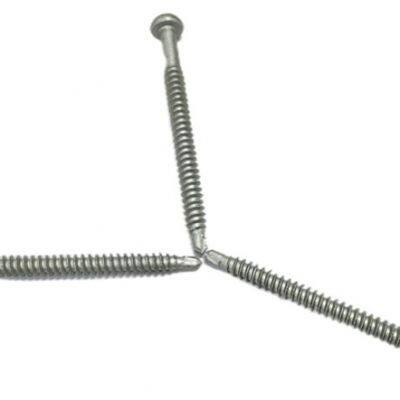 China manufacturer pan head self-tapping screwsNegotiableMOQ: 1000 PiecesHebei Shangfeng Import and Export Co., Ltd1 YR
China manufacturer pan head self-tapping screwsNegotiableMOQ: 1000 PiecesHebei Shangfeng Import and Export Co., Ltd1 YR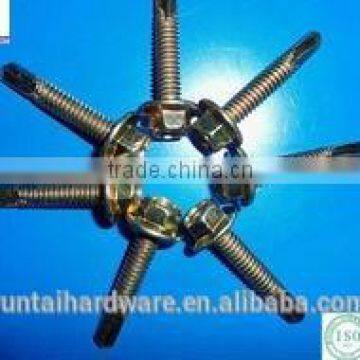 hex self tapping screwUS$ 0.001 - 0.1MOQ: 50000 PiecesSuzhou Runtai Precision Hardware Co., Ltd.5 YRS
hex self tapping screwUS$ 0.001 - 0.1MOQ: 50000 PiecesSuzhou Runtai Precision Hardware Co., Ltd.5 YRS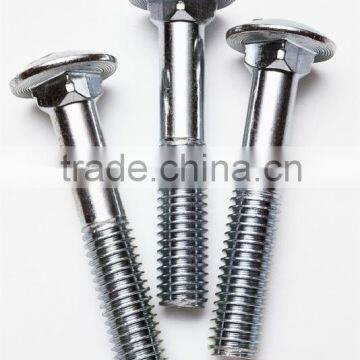 Flat Head china self tapping screws / self tapping screwUS$ 1 - 10MOQ: 1 PieceKunshan Prosperity Metal Products Co., Ltd.5 YRS
Flat Head china self tapping screws / self tapping screwUS$ 1 - 10MOQ: 1 PieceKunshan Prosperity Metal Products Co., Ltd.5 YRS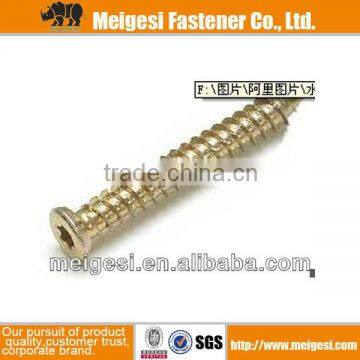 Concrete Screw Torx Falt self tapping screwUS$ 0.1 - 0.5MOQ: 1 BagYuyao Meigesi Fastener Co., Ltd.5 YRS
Concrete Screw Torx Falt self tapping screwUS$ 0.1 - 0.5MOQ: 1 BagYuyao Meigesi Fastener Co., Ltd.5 YRS furniture Hardware Self-tapping Wooden screwsNegotiableMOQ: 1 PieceQidong DongPu Hardware Co., Ltd.5 YRS
furniture Hardware Self-tapping Wooden screwsNegotiableMOQ: 1 PieceQidong DongPu Hardware Co., Ltd.5 YRS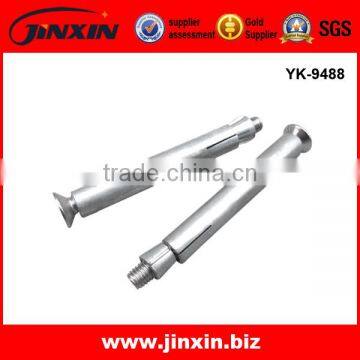 Stainless Steel Hex Head self tapping screwUS$ 0.5 - 1.5MOQ: 1000 PiecesGuangzhou Jinxin Hardware Products Manufactory5 YRS
Stainless Steel Hex Head self tapping screwUS$ 0.5 - 1.5MOQ: 1000 PiecesGuangzhou Jinxin Hardware Products Manufactory5 YRS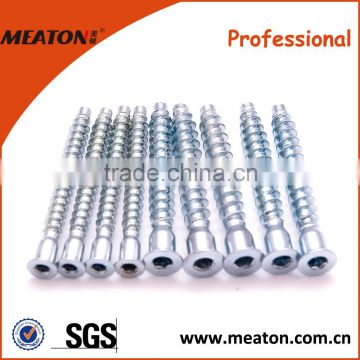 Hot style various size self tapping screwUS$ 0.0048 - 0.0069MOQ: 1 PieceShanghai Meaton Trade Co., Ltd.5 YRS
Hot style various size self tapping screwUS$ 0.0048 - 0.0069MOQ: 1 PieceShanghai Meaton Trade Co., Ltd.5 YRS self tapping screw machine/pipe threading machineUS$ 2,500 - 3,000MOQ: 1 SetBeijing Jingweixin Construction Machinery Technology Development Center5 YRS
self tapping screw machine/pipe threading machineUS$ 2,500 - 3,000MOQ: 1 SetBeijing Jingweixin Construction Machinery Technology Development Center5 YRS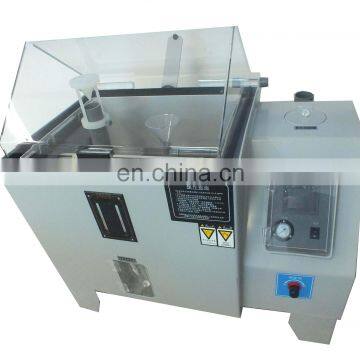 Salt fog corrosion test chamber\self tapping screw with low priceUS$ 800 - 1,000MOQ: 1 SetHongjing Test Instrument Co., Ltd.5 YRS
Salt fog corrosion test chamber\self tapping screw with low priceUS$ 800 - 1,000MOQ: 1 SetHongjing Test Instrument Co., Ltd.5 YRS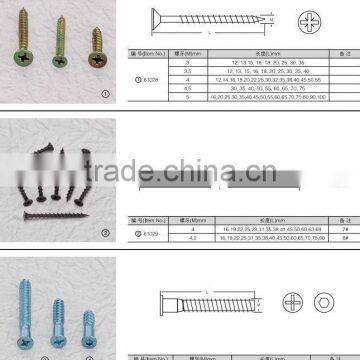 slotted falt head galvanized self tapping screws in furnitureNegotiableMOQ: 1000 PiecesDongguan KangMingJian Tool Co., Ltd.5 YRS
slotted falt head galvanized self tapping screws in furnitureNegotiableMOQ: 1000 PiecesDongguan KangMingJian Tool Co., Ltd.5 YRS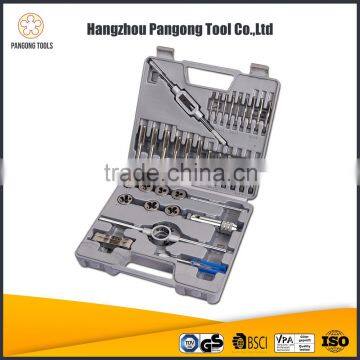 Factory Price cordless tap and drill set with self drill screwUS$ 5.5 - 8MOQ: 500 SetsHangzhou Pangong Tool Co., Ltd.5 YRS
Factory Price cordless tap and drill set with self drill screwUS$ 5.5 - 8MOQ: 500 SetsHangzhou Pangong Tool Co., Ltd.5 YRS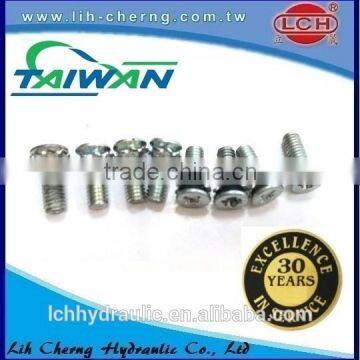 china thread wood stainless steel self tapping screwUS$ 0.002 - 0.05MOQ: 1000 PiecesLIH CHERNG HYDRAULIC CO., LTD.5 YRS
china thread wood stainless steel self tapping screwUS$ 0.002 - 0.05MOQ: 1000 PiecesLIH CHERNG HYDRAULIC CO., LTD.5 YRS Best Selling Automatic Vertical Nuts Screw Bag Counting Weighing Packing Machine for Self-tapping ScrewsUS$ 3,679 - 5,999MOQ: 1 PieceTop Y Machinery Co., Ltd.5 YRS
Best Selling Automatic Vertical Nuts Screw Bag Counting Weighing Packing Machine for Self-tapping ScrewsUS$ 3,679 - 5,999MOQ: 1 PieceTop Y Machinery Co., Ltd.5 YRS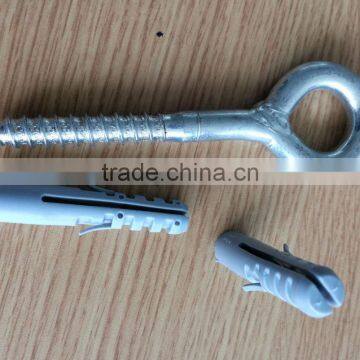 Metal Cup Hooks Eye Shape Screw Hooks Self-tapping Screws Hooks RingUS$ 0.05 - 0.15MOQ: 10000 PiecesLinyi Queen Imp. & Exp. Co., Ltd.5 YRS
Metal Cup Hooks Eye Shape Screw Hooks Self-tapping Screws Hooks RingUS$ 0.05 - 0.15MOQ: 10000 PiecesLinyi Queen Imp. & Exp. Co., Ltd.5 YRS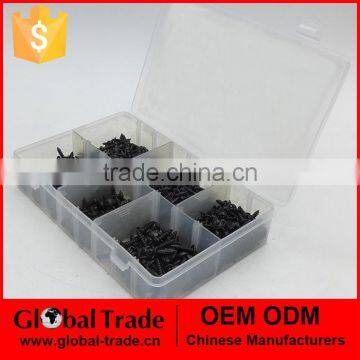 DIY Assortment Box of 700 Black self tapping screws PZD Flange 350563US$ 3 - 3.5MOQ: 1000 SetsGlobal Trade (Chengdu) Ltd.5 YRS
DIY Assortment Box of 700 Black self tapping screws PZD Flange 350563US$ 3 - 3.5MOQ: 1000 SetsGlobal Trade (Chengdu) Ltd.5 YRS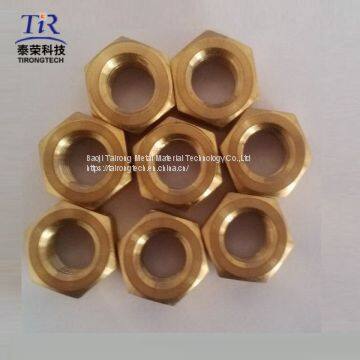 Colored fastener Ti titanium set screws in stockUS$ 20 - 40MOQ: 5 KilogramsBaoji Tairong Metal Material Technology Co.,Ltd
Colored fastener Ti titanium set screws in stockUS$ 20 - 40MOQ: 5 KilogramsBaoji Tairong Metal Material Technology Co.,Ltd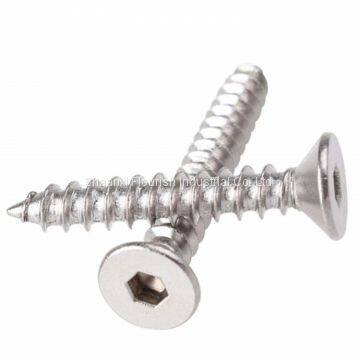 Countersunk hex head stainless steel self tapping screwNegotiableMOQ: 1000 PiecesShaanxi Flourish Industrial Co.,Ltd
Countersunk hex head stainless steel self tapping screwNegotiableMOQ: 1000 PiecesShaanxi Flourish Industrial Co.,Ltd


